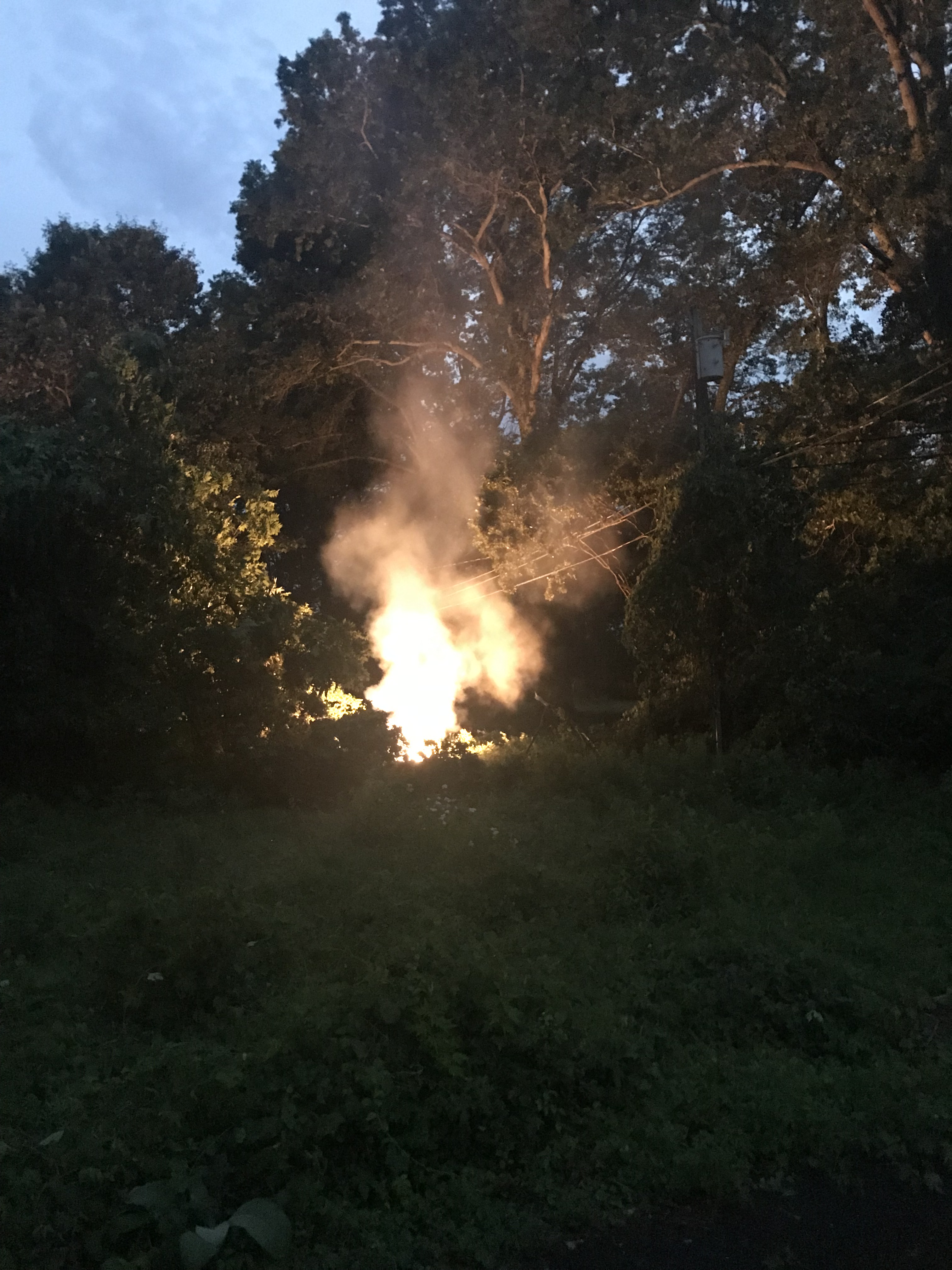Damaging Winds And Fast-Moving Storms: A Guide To Protection

Table of Contents
Understanding the Risks of Damaging Winds and Fast-Moving Storms
Types of Storms
Several types of storms can produce damaging winds, each with its unique characteristics. Understanding these differences is crucial for effective preparedness.
- Hurricanes: These intense tropical cyclones feature sustained hurricane winds exceeding 74 mph (119 km/h), torrential rain, and storm surges. Hurricane winds can cause catastrophic damage to buildings and infrastructure. Areas prone to hurricanes should prioritize hurricane-resistant construction.
- Tornadoes: Characterized by violently rotating columns of air, tornadoes are infamous for their incredibly high wind speeds, often exceeding 250 mph (400 km/h). "Tornado Alley" in the central U.S. is particularly vulnerable, but tornadoes can occur almost anywhere. Recognizing the signs of a tornado is vital for survival.
- Severe Thunderstorms: These storms can produce damaging straight-line winds exceeding 58 mph (93 km/h), hail, heavy rain, and even tornadoes. Severe thunderstorm watches and warnings should be taken seriously.
- Derechos: These widespread, long-lived wind storms are characterized by damaging winds that extend for hundreds of miles. Derecho damage can be extensive, affecting large areas with widespread tree damage and power outages.
Assessing Your Risk
Determining your personal risk involves considering several factors:
- Location: Are you in a region prone to hurricanes, tornadoes, or other severe weather events? Check with your local National Weather Service (NWS) office for historical data.
- Type of Housing: The structural integrity of your home plays a significant role. Older homes may be more vulnerable to wind damage than newer, reinforced structures.
- Local Weather Patterns: Familiarize yourself with your area’s typical weather patterns and seasonal risks. Utilize resources like the NOAA website for detailed information.
Use online tools and resources like the NOAA website () to conduct a thorough risk assessment and understand your specific vulnerabilities. Utilize available weather alerts and warnings to stay informed.
Potential Damage
Damaging winds and fast-moving storms can cause a wide range of damage:
- Structural Damage: High winds can cause significant damage to roofs, walls, windows, and foundations. Wind damage can lead to complete building collapse in extreme cases.
- Power Outages: Downed power lines are a common hazard, leading to extended power outages and potential fire risks. Power outage preparedness is essential.
- Flooding: Heavy rainfall associated with many storms can cause flash flooding and widespread water damage. Flood damage prevention strategies are vital.
- Tree Damage: Falling trees and branches pose a significant threat to property and life. Regular tree trimming and removal of dead or diseased trees can mitigate this risk.
(Include images/videos here showcasing the destructive power of these events)
Preparing for Damaging Winds and Fast-Moving Storms
Developing an Emergency Plan
A well-defined family emergency plan is crucial:
- Evacuation Routes: Identify multiple escape routes from your home and community. Know your designated evacuation zones.
- Communication Strategies: Establish a primary and secondary communication method with family members and emergency contacts.
- Meeting Points: Designate a safe meeting place both inside and outside your home in case of separation.
- Emergency Kit: Assemble an emergency kit with essential supplies: water, non-perishable food, first-aid kit, medications, flashlights, batteries, etc. Ensure your emergency kit checklist is comprehensive.
Protecting Your Home
Take steps to secure your home before a storm:
- Boarding Windows: Use plywood or storm shutters to protect windows from damage.
- Trimming Trees: Trim or remove trees and branches that could fall on your home during a storm.
- Reinforcing Structures: Address any structural weaknesses in your home's foundation, roof, and walls.
- Protecting Valuables: Secure valuable items or move them to a safe, interior location.
- Document Protection: Make copies of important documents and store them in a waterproof, fireproof container.
Staying Informed
Monitoring weather forecasts and alerts is paramount:
- Weather Forecast: Regularly check weather forecasts from reputable sources, like the National Weather Service.
- Severe Weather Alerts: Sign up for weather alerts via text message, email, or weather apps.
- NOAA Weather Radio: Invest in a NOAA weather radio for continuous updates, even during power outages.
- Storm Tracking App: Utilize reputable storm tracking apps to monitor storm progress and intensity in real-time.
Actions During Damaging Winds and Fast-Moving Storms
Staying Safe Indoors
If you are caught indoors during a storm:
- Safe Room: Move to a designated safe room, such as an interior room on the lowest level of your home, away from windows.
- Avoid Windows: Stay away from windows and glass doors.
- Stay Away from Water: Avoid contact with water during a storm due to potential electrical hazards.
- Power Outages: If a power outage occurs, unplug electrical appliances and use flashlights instead of candles.
Seeking Shelter
If you are caught outdoors or need to evacuate:
- Storm Shelter: Seek shelter in a designated storm shelter or sturdy building.
- Emergency Shelter: If evacuation is necessary, proceed to designated emergency shelters as directed by officials.
- Evacuation Order: Follow instructions from emergency officials and heed all evacuation orders promptly.
- Safe Place: Choose a safe place, away from potential hazards, when seeking shelter outdoors.
Conclusion
Damaging winds and fast-moving storms are powerful forces of nature that demand respect and preparation. By understanding the risks, developing a comprehensive emergency plan, and taking proactive steps to protect your home and family, you can significantly reduce your vulnerability to these potentially devastating events. Remember, preparedness is key to minimizing the impact of damaging winds and fast-moving storms. Stay informed, stay safe, and always prioritize your family’s well-being. Learn more about protecting yourself from damaging winds and fast-moving storms by researching additional resources and planning your strategy today.

Featured Posts
-
 Huuhkajat Avauskokoonpanossa Kolme Muutosta Kaellman Penkille
May 20, 2025
Huuhkajat Avauskokoonpanossa Kolme Muutosta Kaellman Penkille
May 20, 2025 -
 Delving Into The Psychology Of Agatha Christies Poirot
May 20, 2025
Delving Into The Psychology Of Agatha Christies Poirot
May 20, 2025 -
 Is Prioritizing Hamilton A Risk For Ferrari And Leclerc
May 20, 2025
Is Prioritizing Hamilton A Risk For Ferrari And Leclerc
May 20, 2025 -
 Kaellmanin Nousu Kentaeltae Ja Sen Ulkopuolelta Huuhkajiin
May 20, 2025
Kaellmanin Nousu Kentaeltae Ja Sen Ulkopuolelta Huuhkajiin
May 20, 2025 -
 Determined Germany Faces Italy In Quarterfinal Clash
May 20, 2025
Determined Germany Faces Italy In Quarterfinal Clash
May 20, 2025
Latest Posts
-
 Understanding The Billionaire Boy Phenomenon Family Fortune And Future
May 20, 2025
Understanding The Billionaire Boy Phenomenon Family Fortune And Future
May 20, 2025 -
 The Life And Times Of A Billionaire Boy Inheritance Influence And Impact
May 20, 2025
The Life And Times Of A Billionaire Boy Inheritance Influence And Impact
May 20, 2025 -
 79 Manazerov Uprednostnuje Osobne Stretnutia Home Office Vs Kancelaria
May 20, 2025
79 Manazerov Uprednostnuje Osobne Stretnutia Home Office Vs Kancelaria
May 20, 2025 -
 Old North State Report Summary Of Events May 9 2025
May 20, 2025
Old North State Report Summary Of Events May 9 2025
May 20, 2025 -
 Billionaire Boy A Deep Dive Into Wealth And Privilege
May 20, 2025
Billionaire Boy A Deep Dive Into Wealth And Privilege
May 20, 2025
